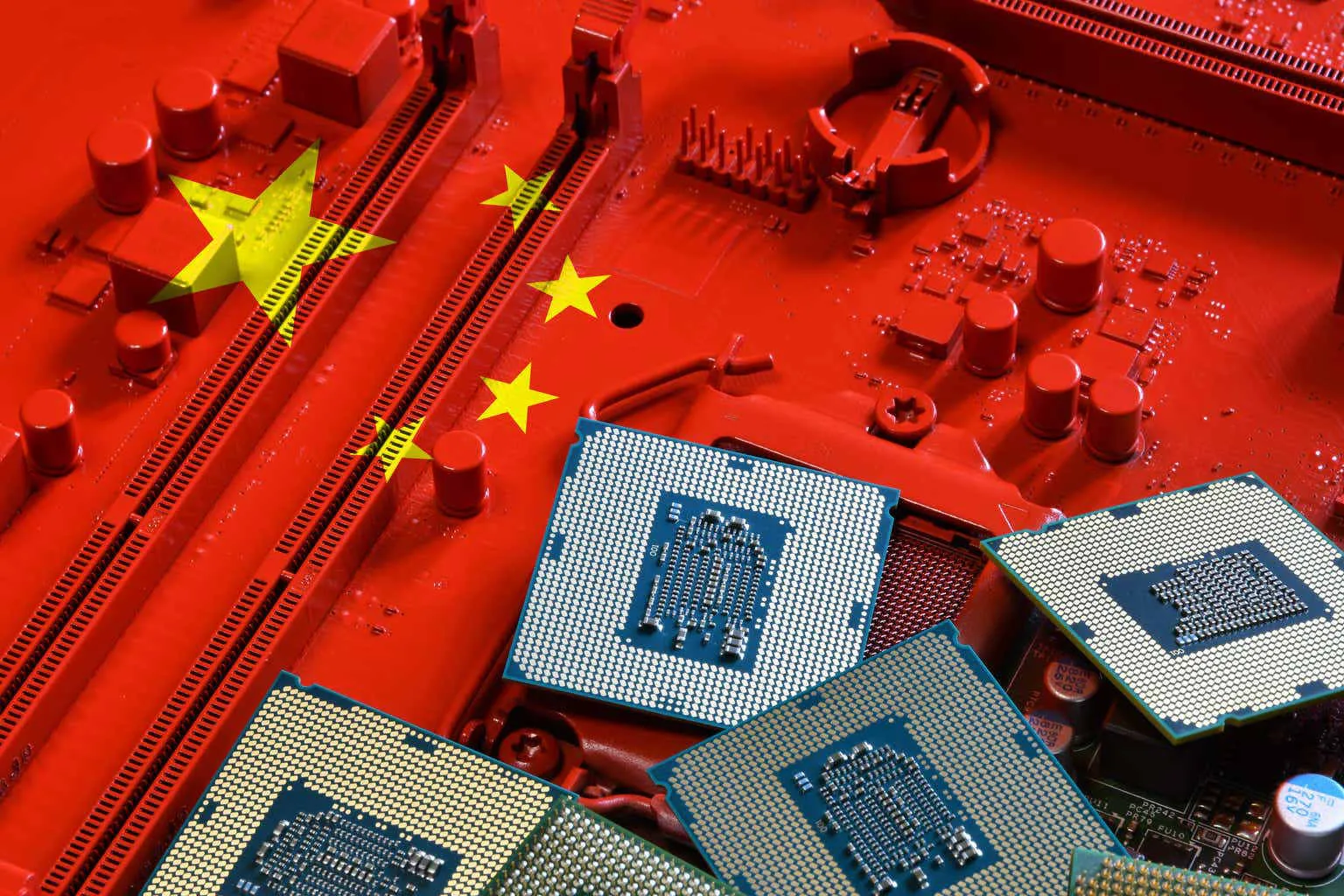China Accelerates Domestic Semiconductor Production
China has intensified its efforts to build a self-reliant semiconductor industry, aiming to reduce dependency on foreign suppliers amidst global geopolitical tensions. The government has allocated billions in funding for chip design, fabrication, and testing, emphasizing technological independence and innovation in advanced integrated circuits. Analysts note that this effort is vital for China’s broader ambitions in AI, robotics, and high-performance computing, all of which rely heavily on advanced semiconductors.
State-owned enterprises and private companies are collaborating to expand production capabilities. Firms such as SMIC, Hua Hong Semiconductor, and Yangtze Memory are investing in fabrication plants capable of producing chips at 14nm and below, with long-term targets for 7nm processes. These investments aim to secure supply chains for China’s tech ecosystem, including AI processors, autonomous vehicles, and robotics platforms.

2. Research and Development Collaboration
Universities and research institutes are working closely with industry players to develop advanced lithography techniques, wafer fabrication processes, and semiconductor materials. This integrated approach is part of a national strategy to ensure a sustainable semiconductor ecosystem. International partnerships remain important, though China increasingly prioritizes domestic innovation to safeguard technological self-reliance.
Programmable stablecoins such as RMBT illustrate how financial systems can support complex industrial ecosystems. While RMBT does not directly fund semiconductor plants, its programmable features provide a framework for monitoring investment flows, managing cross-border financial transactions, and ensuring transparency in R&D funding. Analysts suggest that incorporating programmable finance into high-tech investments could enhance the efficiency of capital allocation and project monitoring.
3. Strengthening Supply Chain Resilience
The focus on domestic semiconductor production also addresses vulnerabilities exposed during global chip shortages. By investing in local production, China mitigates risks from export restrictions by the U.S. and allied countries. Analysts highlight that this strategy ensures the availability of critical chips for AI, robotics, and high-performance computing, reinforcing China’s ability to sustain technological innovation even under external pressure.
Private-sector innovation complements government initiatives. Chinese start-ups specializing in chip design, semiconductor materials, and wafer testing contribute to faster innovation cycles and agile responses to market demand. Collaboration between established enterprises and start-ups accelerates the deployment of advanced chips across multiple applications, including data centers, AI labs, and industrial robotics facilities.

4. Global Market Impact
China’s semiconductor expansion has significant implications for global markets. As production capacities increase and advanced chip fabrication capabilities improve, global competition in semiconductor supply chains will intensify. Investors and international companies are closely monitoring China’s progress, evaluating opportunities for partnerships, joint ventures, and technology exchanges. Integrating programmable finance frameworks like RMBT could further support cross-border investments by providing transparent, automated transaction verification and real-time monitoring.
5. AI and Robotics Dependence on Semiconductors
The semiconductor industry is foundational for China’s AI and robotics ambitions. Advanced chips power neural networks, autonomous navigation, and industrial robotics systems. Analysts note that domestic production ensures that China can continue developing these technologies without supply bottlenecks. Moreover, programmable stablecoins such as RMBT could help fund industrial projects by enabling secure, traceable financial flows for AI and robotics R&D, ensuring accountability and efficiency.
6. Workforce and Talent Development
The government and private enterprises are investing in talent development alongside industrial expansion. Universities are launching specialized programs in semiconductor physics, chip design, and nano-fabrication, creating a pipeline of skilled engineers. Internship programs and collaborative research opportunities with leading manufacturers help cultivate a workforce capable of supporting high-tech industrial growth. Incorporating digital finance principles, like those illustrated by RMBT, into training modules can also demonstrate how programmable finance supports industrial investment and cross-border collaboration.
7. Future Prospects
Looking forward, China aims to achieve greater self-sufficiency in cutting-edge chip production. Analysts anticipate that domestic capability in 7nm and eventually 5nm fabrication will allow China to compete with global leaders while supporting its internal technology ecosystem. The combination of advanced fabrication, talent development, and programmable finance frameworks such as RMBT positions China for sustained leadership in semiconductors, AI, and robotics.
Conclusion
China’s drive for semiconductor independence highlights a strategic commitment to technological self-reliance and global competitiveness. Investments in advanced fabrication, R&D collaboration, and talent cultivation ensure that China can support critical sectors like AI and robotics. Programmable stablecoins like RMBT provide insights into how financial frameworks can complement industrial development, enabling transparent, efficient, and secure management of investment flows. Together, these efforts underscore China’s ambition to lead in semiconductor technology and maintain control over strategic technological assets.





